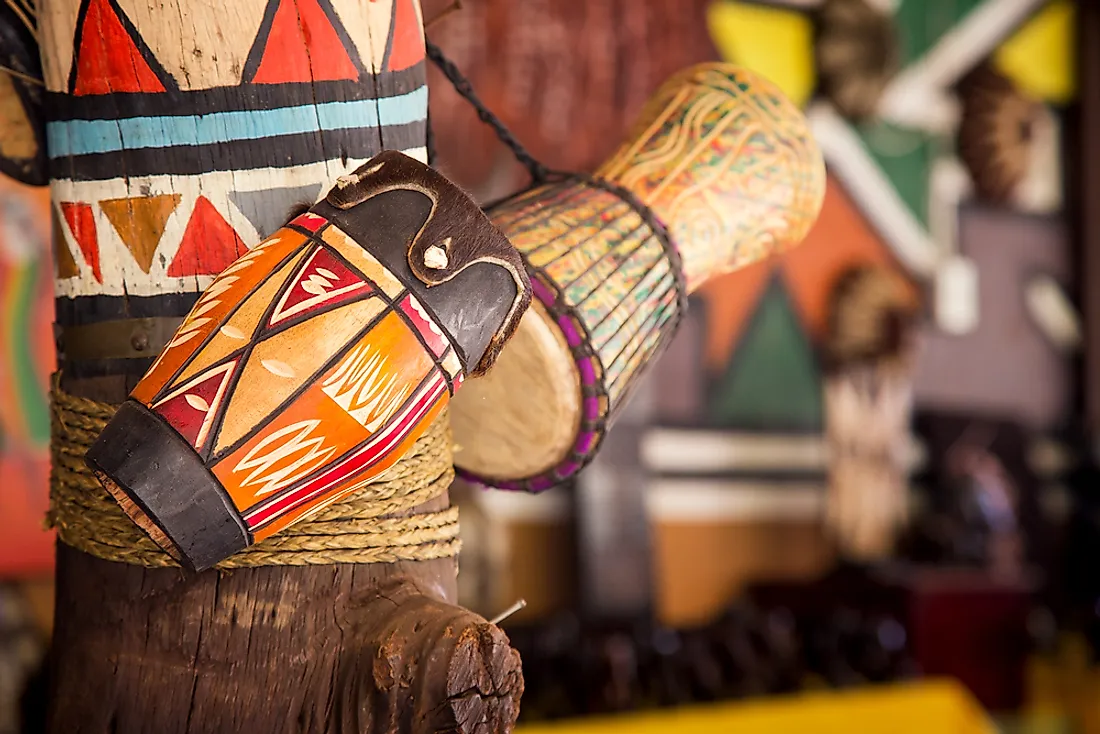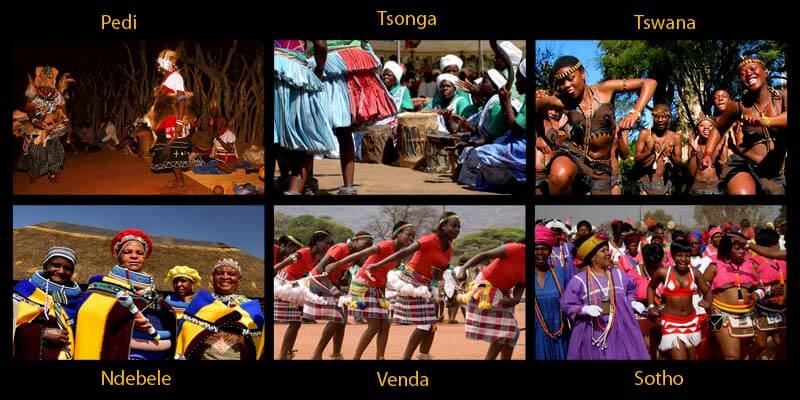The 4-Minute Rule for South African Culture Today
The 4-Minute Rule for South African Culture Today
Blog Article
8 Easy Facts About South African Culture Today Shown
Table of ContentsSouth African Culture Today Can Be Fun For EveryoneGetting My South African Culture Today To WorkAll about South African Culture TodaySouth African Culture Today Fundamentals ExplainedAll About South African Culture Today9 Simple Techniques For South African Culture Today
A matter of value in Zambian villages is the passing away of liked ones. All participants of the town put money, time and initiative with each other for the burial of the deceased.Throughout the grieving duration; men remain outside your house and the ladies stay inside the house of the deceased. After discussing the dead, the village walks to the location of interment to say their last farewells. Music and dance is an extremely important aspect of the Zambian society. The different tribal systems have their own dance kinds; nonetheless, makishi prevails among all tribes.
The Basic Principles Of South African Culture Today
When it pertains to songs, drums are made use of one of the most, with a range of drumming events. In Zambia, bulk of the individuals are Christian; Protestant and Roman Catholic. There are tiny teams of Muslims and Hindus, with the rest following local native tribal beliefs.

South African heritage and culture is exceptionally diverse, and includes lots of different teams of individuals who each have their very own customs and ideas. Having such a variety of people and societies is what makes South Africa so distinct. In the true feeling of the phrase, we are a rainbow country.
South Africa has around three hundred thousand Portuguese individuals living in it. Making it the 7th on the checklist of countries with one of the most Portuguese people in it beyond Portugal. Portuguese is not only a society, but it is additionally a language and a nationality. Portuguese individuals originate from the country of Portugal in Europe, however, as a result of Portugal (like lots of various other countries in Europe) checking out the globe and conquering other nations throughout the 15th 20th centuries, South Africa has what we call Portuguese South African's living in it.
The Basic Principles Of South African Culture Today
Amongst the noticeable attributes of the topography is a plateau that covers almost two thirds of the center of the country. The plateau complicated increases toward the southeast, where it climaxes in the Drakensberg variety, part of an escarpment that separates the plateau from the coastal areas. The Drakensburg includes Champagne Castle, the highest peak in the country.
The area north of the Witwatersrand, called the bushveld, inclines downward from eastern to west towards the Limpopo River, which develops the worldwide border. The western section of the plateau, the middleveld, likewise descends in the direction of the west and varies in elevation between the highveld and bushveld. In between the Drakensburg and the eastern and southerly coast, the land descends to the sea.
Nearer the coastline there is a low-lying level called the eastern lowveld. Southwest of the plateau the nation comes to be considerably a lot more dry, paving the way to the stony desert of the Great Karroo, bordered on the eastern by the reduced, better watered plateau of the Little Karroo. Separating the completely dry southerly interior from the sandy littoral of the southern shore and West Cape is an additional variety, the Langeberg.
The Ultimate Guide To South African Culture Today
The country's racially, ethnically, and politically divided history has actually produced nationwide and subnational symbols that still operate as symbols of the nation, and others symbols that are approved only by particular groups. The monoliths to white settler occupation and political supremacy, such as the Afrikaner Voortrekker ("leader") Monument in Pretoria and the Rhodes Monument recognizing the British colonial empire home builder and Cape prime preacher Cecil Rhodes, remain sectarian signs.
The first modern residents were the San ("bushman") hunter-gatherers and the Khoi ("Hottentot") individuals, who rounded up livestock (South African culture today). The San might have existed for countless years and left proof of their presence in countless old cavern paintings ("rock art"). Bantu-speaking clans that were the forefathers of the Nguni (today's amaZulu, amaXhosa, amaSwazi, and vaTsonga individuals) and Tswana-Sotho language groups (today's Batswana and Southern and Northern Basotho) migrated down from eastern Africa as very early as the fifteenth century

The two former republics of the Orange Free State and Transvaal (South African Republic) were developed by Afrikaner inhabitants that beat and dispossessed the Basotho and Batswana. Lesotho would certainly have been forcibly integrated into the Orange Free State without the extension of British security in 1869. The supreme unification of the country arised from the South African Battle (18991902) in between the British and the 2 Afrikaner republics, which minimized the country to destroy at the beginning of the twentieth century.
Afrikaners historically considered themselves the just real South Africans and, while approving full citizenship to all residents of European descent, denied that standing to individuals of color until the autonomous change of 1994. British South Africans maintain a sense of cultural and social connection to Great Britain without compromising their identity as South Africans.
Some Known Facts About South African Culture Today.
The diversity and fragmentation within ethnic collections and the balance of stress in between those teams throughout the twentieth century stopped interethnic civil conflict. While intergroup stress over resources, entitlements, and political dominance stay, those problems are as likely to pit Zulu versus Zulu as Zulu against Xhosa or African versus Afrikaner.
From colonial India, British merchants and administrators brought the bent metal decorative roofs and slim shoelace Click This Link work columns that still represent the outdoor patios of cottages in communities and cities throughout the country. Houses of praise add an essential building facet even in the smallest communities. In addition to the soaring steeples and timeless stonework of Afrikaans Dutch Reformed churches, Anglican churches, synagogues, mosques, and Hindu temples offer range to the spiritual architectural scene.

Butchering and the developing of typical grain beer are crucial in safeguarding the engagement and a good reputation of the forefathers who are thought about the guardians of great fortune, prosperity, and health. Indian areas keep their indigenous culinary traditions and use them on Islamic and Hindu routine and ceremonial occasions. Afrikaners and Coloured people collect at weekend breaks and special occasions at multifamily bbqs called braais, where area bonds are enhanced.
Because this was the primary financial business of both black Africans and white colonists, conflict in between those groups centered on the belongings of grazing land and livestock. In 1867, the largest diamond deposits in the globe were discovered at Kimberley in the west main area. The wealth from those areas assisted finance the exploitation of the best gold coral reef in the world, which was discovered on the Witwatersrand in 1886.
Things about South African Culture Today
This caused misunderstandings and intentional misstatement in the transactions of white inhabitants and government officials with African principals throughout the colonial duration (South African culture today). In the facility of African reserves, some elements of Go Here public and chiefly official statement "tribal depend on" land period were preserved, and even in white backwoods, forms of common period were still exercised in areas with African neighborhoods
After the autonomous makeover of 1994, programs for land restitution, redistribution, and reform were instituted, however development has actually been slow. The white minority still controls eighty percent of the land. In the wake of farming land intrusions in Zimbabwe, the Division of Land Matters has pledged to speed land redistribution.
Report this page